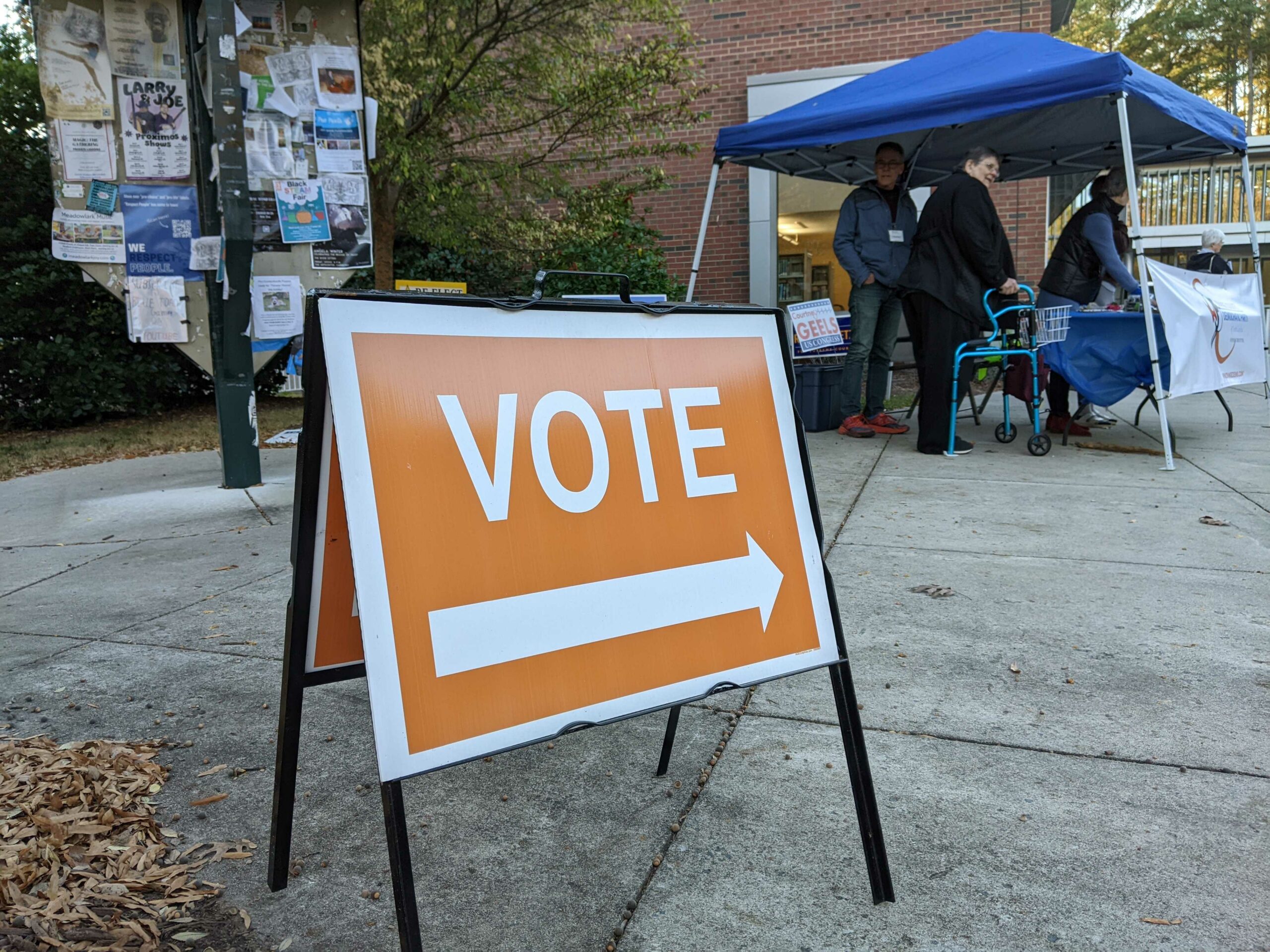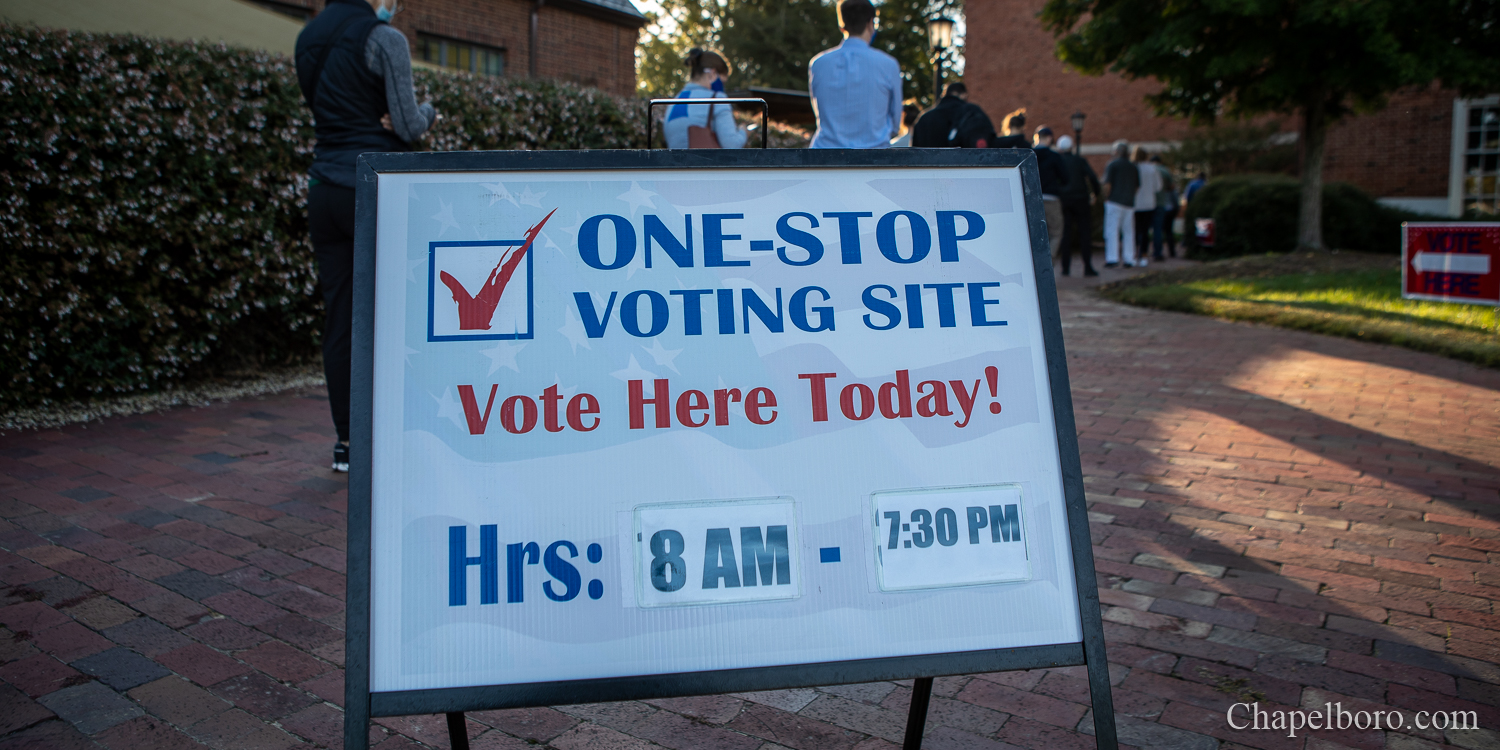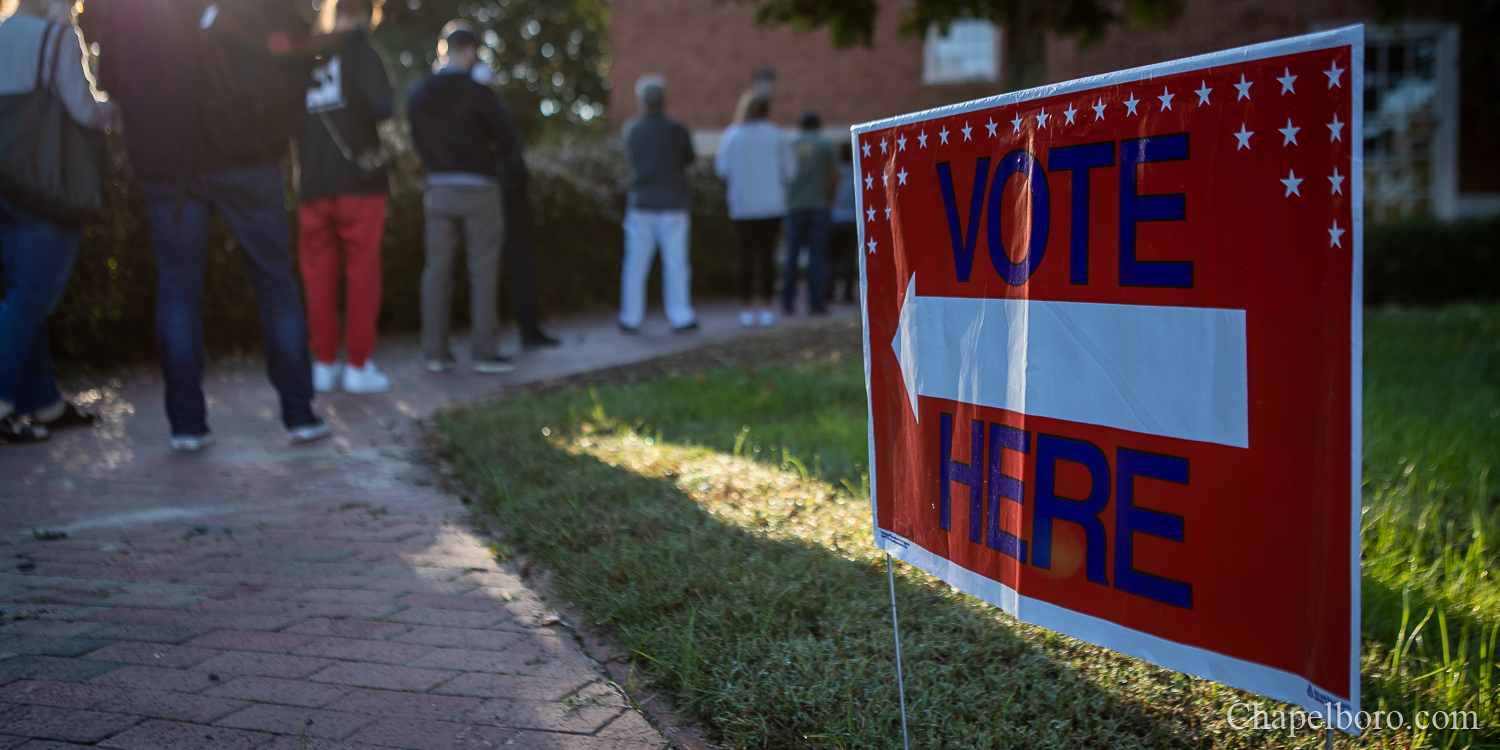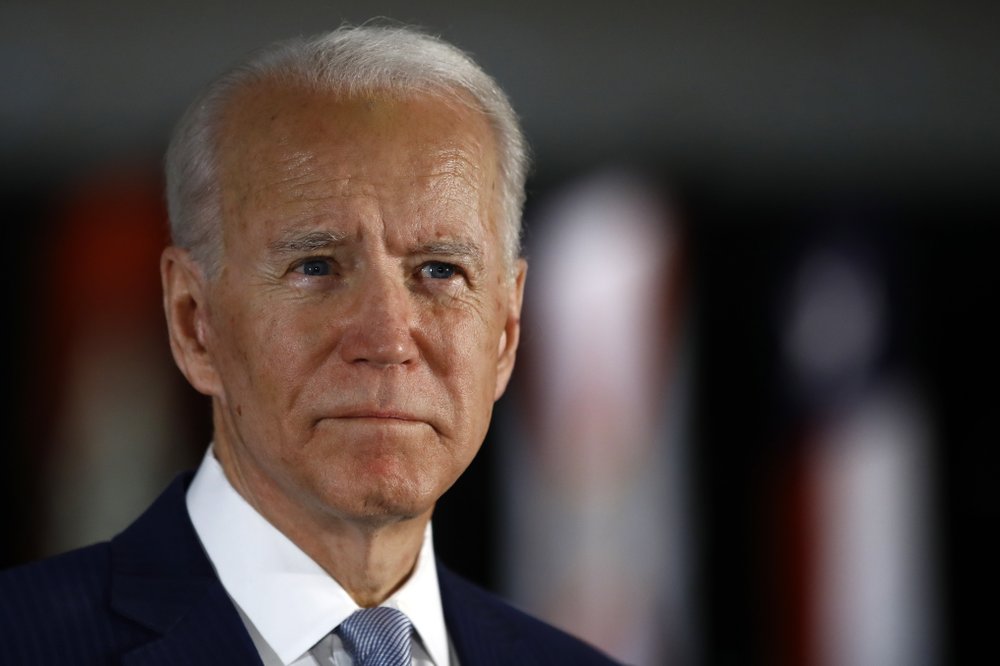Originally published on September 23, 2015
As election season heats up in Chapel Hill, you’re bound to hear some candidates talk about how things used to be wonderful back in the old days, but that we’ve gotten off track in recent years. So, what track was Chapel Hill on during these halcyon days that these candidates are so eager to get back on?
A few decades ago, town leaders intentionally enacted a web of cumbersome and capricious policies specifically designed to slow down growth and keep new businesses out. It started with the best of intentions. With strip malls all the rage, many Chapel Hillians understandably didn’t want their town turned into a parking lot. The web of new regulations worked exactly as they were planned: Strip malls like New Hope Commons, originally slated for here, went to Durham County instead. (As someone who personally prefers to shop in pedestrian-oriented environs, Durham can have New Hope Commons.) Town leaders didn’t seek ways to compromise or give businesses clear criteria for how to be congruent with our values. Town leaders simply said, “no.”
Unfortunately, there were unintended consequences to Chapel Hill’s uncompromising approach to new businesses. Those businesses realized they didn’t really actually need to be in Chapel Hill to get our money: Our residents were happy to drive to Durham, Chatham and even Alamance counties to shop at all the stores that now cling to our boarders like barnacles on the bottom of a steam tramper. Why waste years and millions of dollars wrangling with the Chapel Hill Town Council about every minute detail of your retail development, right down to the shrubbery, when Durham would approve you in months for a fraction of the bureaucratic fees?
By 2012, Orange Country was the richest county in the state of North Carolina, but 81st out of 100 counties in per capita sales tax revenue. We keep less money from the state’s richest residents than some of our state’s poorest counties keep from theirs
Today, Orange County residents spend $1.8 billion a year at area stores, but Orange County’s retailers garner only half of that business. That’s tax revenue on an $866-million retail sales gap that we now don’t have for our own schools, our own library, our fare-free buses, or for all the other amenities that make living here so wonderful.
If we return to that old track, one day we will no longer have the money for all these wonderful assets that make Chapel Hill so attractive. Do we really expect anyone to pay our high property taxes if all those great assets are gone?
You can’t blame our residents for shopping elsewhere. What choice do we have? Chapel Hill has become a town of over 59,000 people, but nowhere to buy a TV or a new pair of blue jeans, all thanks to our policies from those good old days some candidates yearn to bring back.
Today’s town leaders are a breath of spring compared to those dark days. Officials elected in recent years, responding to our community’s clear demand for greater economic sustainability, have demonstrated a clear commitment to finding the sweet spot between welcoming new stores, offices and homes, while avoiding the car-oriented, environmentally detrimental suburban strip mall parking lots that are out of line with our values as a community.
Some candidates will tell you we’re building too many new homes and not enough new stores. But the fact is, retail follows residents. Without new homes, which we also desperately need, we won’t get the retail we need, either.
— Matt Bailey
Have a comment or opinion you would like to share? Submit your commentary or column for the Commentators, on WCHL 97.9FM and Chapelboro.com.
Podcast: Play in new window | Download
Subscribe: RSS










